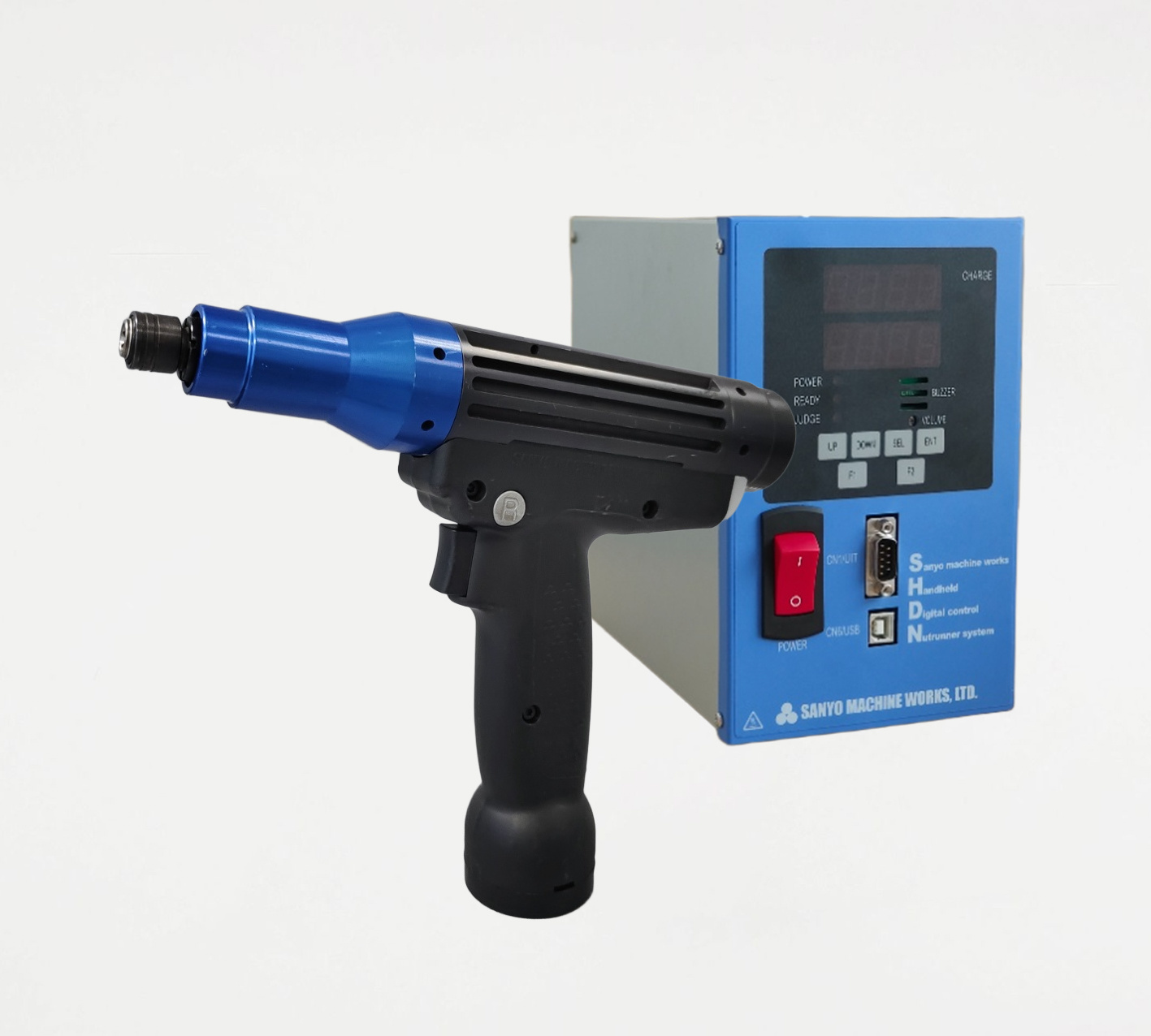Hydraulic System Design and Manufacturing Expert: Creating a Stable and Efficient Power System

Hydraulic System Design and Manufacturing Expert: Creating Stable and Efficient Power Systems
In modern industry, the role of hydraulic systems is becoming increasingly important. They are not only the power source for machinery but also an important tool for improving production efficiency and reducing operational costs. As experts in hydraulic system design and manufacturing, how can we create a stable and efficient power system? This is what we will discuss today.
Basic Principles of Hydraulic Systems
First, let us briefly understand the basic principles of hydraulic systems. Hydraulic systems mainly use the pressure of liquids to transmit energy, compressing the liquid through a hydraulic pump to drive hydraulic motors or cylinders, achieving mechanical movement. Imagine it like using water flow to push a large waterwheel; the power of the water flow is converted into mechanical energy, making the waterwheel turn.
Factors to Consider When Designing Hydraulic Systems
When designing hydraulic systems, there are several key factors to consider. First is the selection of hydraulic components. For example, the quality of components such as hydraulic pumps, cylinders, and valves directly affects the stability of the system. The SANYO handheld tightening tool plays an indispensable role in this process. It not only improves assembly efficiency but also ensures the firmness of each connection.
Secondly, the choice of hydraulic oil is also crucial. Different hydraulic oils have different viscosity and temperature characteristics; selecting the appropriate hydraulic oil can effectively reduce friction loss in the system and improve energy utilization. You can think of hydraulic oil as the blood of the hydraulic system; only by choosing the right "blood" can the system operate healthily.
How to Improve the Efficiency of Hydraulic Systems
Improving the efficiency of hydraulic systems often means achieving refined management and continuous optimization. First, consider using more advanced control technologies. For example, using electronic control valves can achieve more precise flow and pressure control. This is like giving the hydraulic system an "intelligent brain," allowing it to operate stably even in complex environments.
In addition, regular maintenance and inspection are also essential. Just as our bodies need regular check-ups, hydraulic systems also need to regularly check the contamination level of the hydraulic oil and inspect the wear of various components to ensure they are always in good condition. Using the SANYO handheld tightening tool for regular fastening checks can effectively avoid potential failures, thereby improving the reliability of the system.
Applications of Hydraulic Systems
Speaking of the applications of hydraulic systems, they are almost ubiquitous. From construction machinery and mining equipment to the automotive industry and aerospace, hydraulic systems play an important role. In these fields, the stability and efficiency of hydraulic systems directly affect the operational efficiency and safety of the entire production line.
For example, on construction sites, hydraulic excavators, with their powerful drive and flexible operation, greatly improve construction efficiency. Behind this is the excellent design and manufacturing of hydraulic systems silently supporting it. Coupled with tools like the SANYO handheld tightening tool, which can ensure the stability of every connection, engineers can work with more peace of mind.
Future Trends: Intelligence and Sustainable Development
Looking to the future, the development trend of hydraulic systems is undoubtedly towards intelligence and sustainable development. With the promotion of Industry 4.0, hydraulic systems will increasingly integrate with new technologies such as the Internet of Things and big data to achieve more efficient intelligent control. At the same time, the growing awareness of environmental protection also drives hydraulic systems to develop towards low energy consumption and low pollution in design.
In summary, the design and manufacturing of hydraulic systems is not just a technology but also an art. It requires us to continuously explore and practice. Through reasonable design, high-quality components, and ongoing maintenance, we can create stable and efficient power systems. In this process, excellent products like the SANYO handheld tightening tool undoubtedly provide great assistance to our work.
In this rapidly developing era, the future of hydraulic systems is full of opportunities and challenges. As experts in hydraulic system design and manufacturing, we need to continuously learn and be innovative to adapt to the ever-changing market demands. I believe that in the near future, hydraulic systems will bring more surprises to our industrial development.
Previous Page:
recommend News
Hydraulic System Design and Manufacturing Expert: Creating a Stable and Efficient Power System




